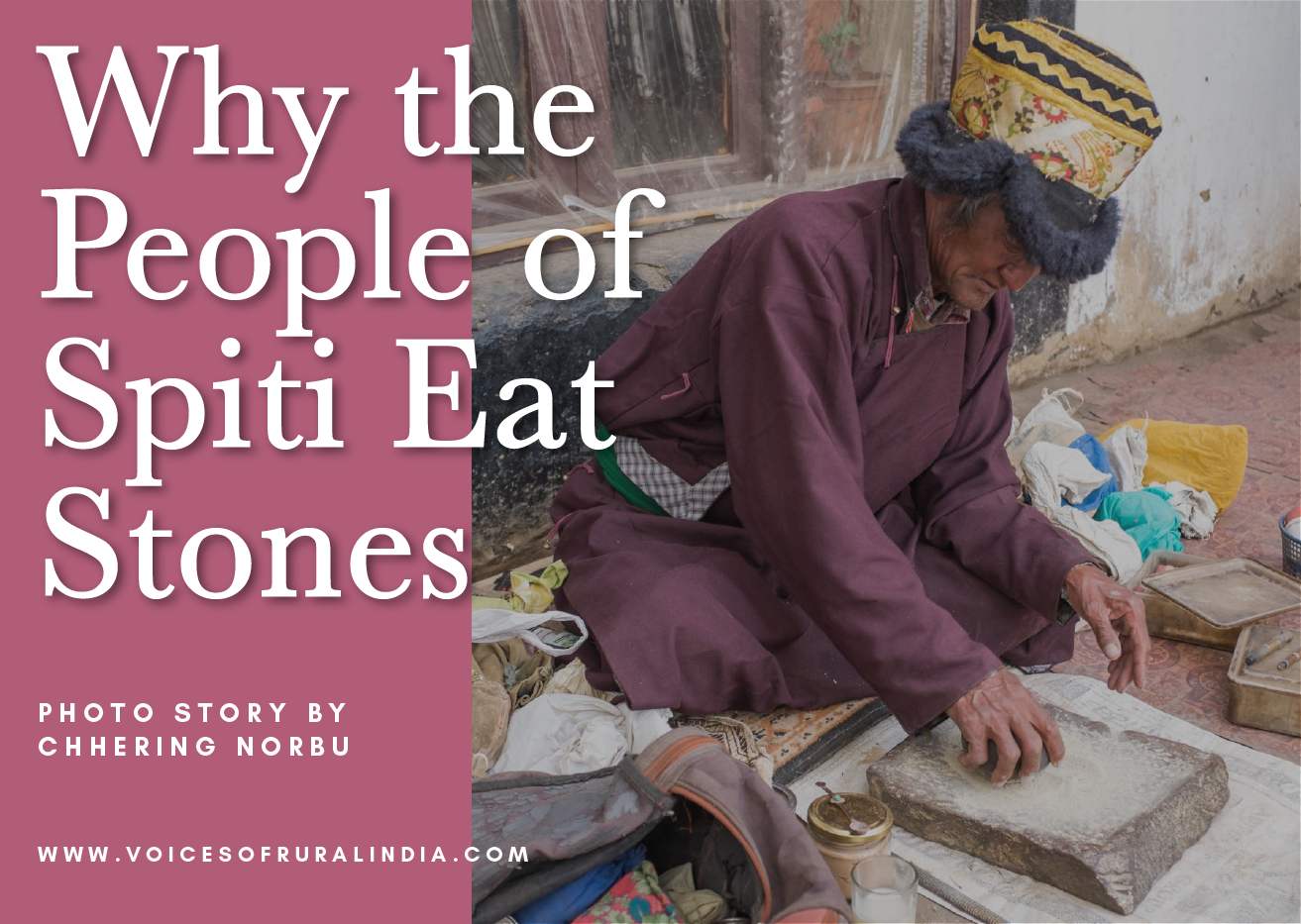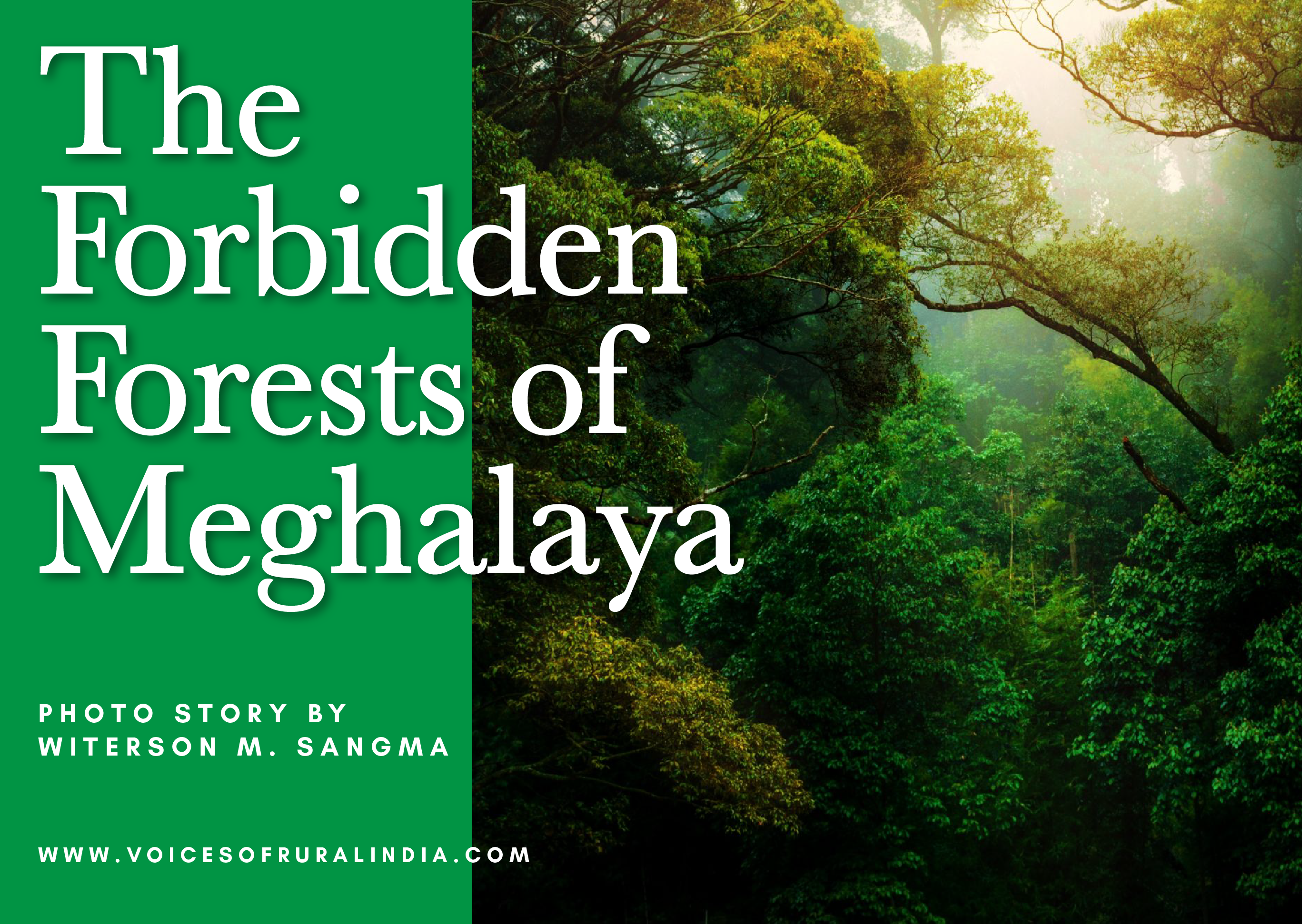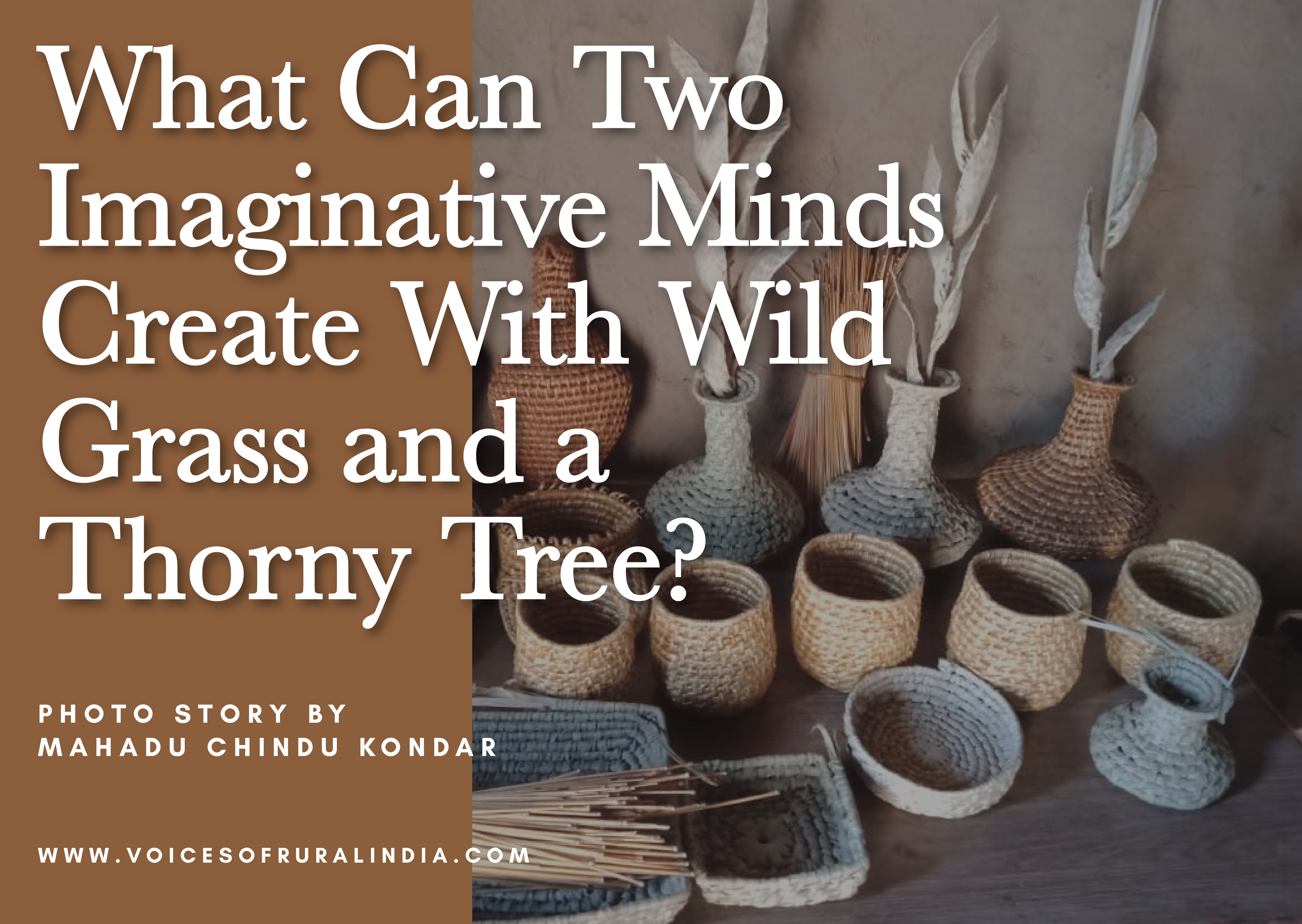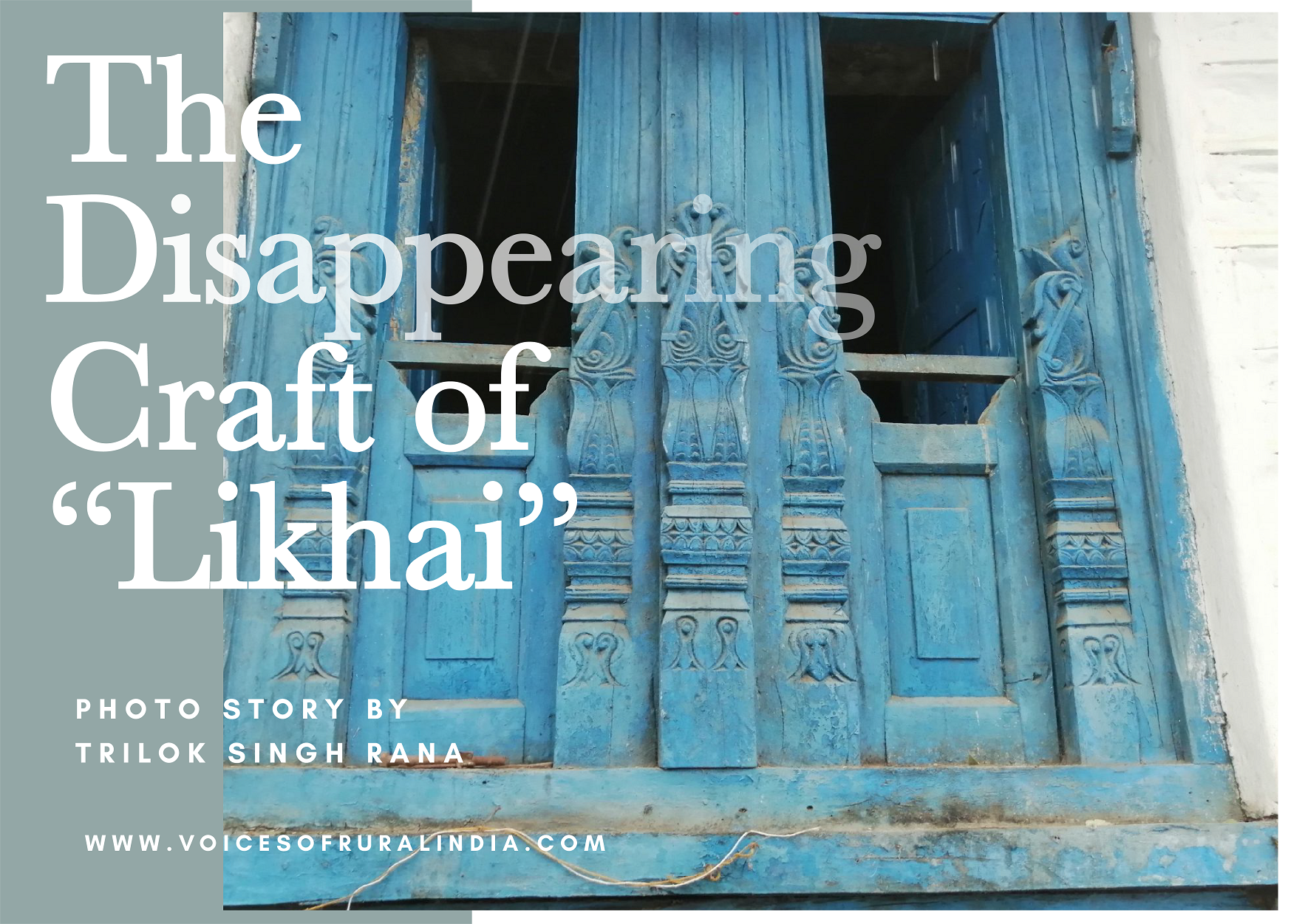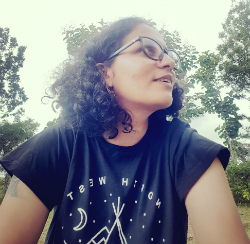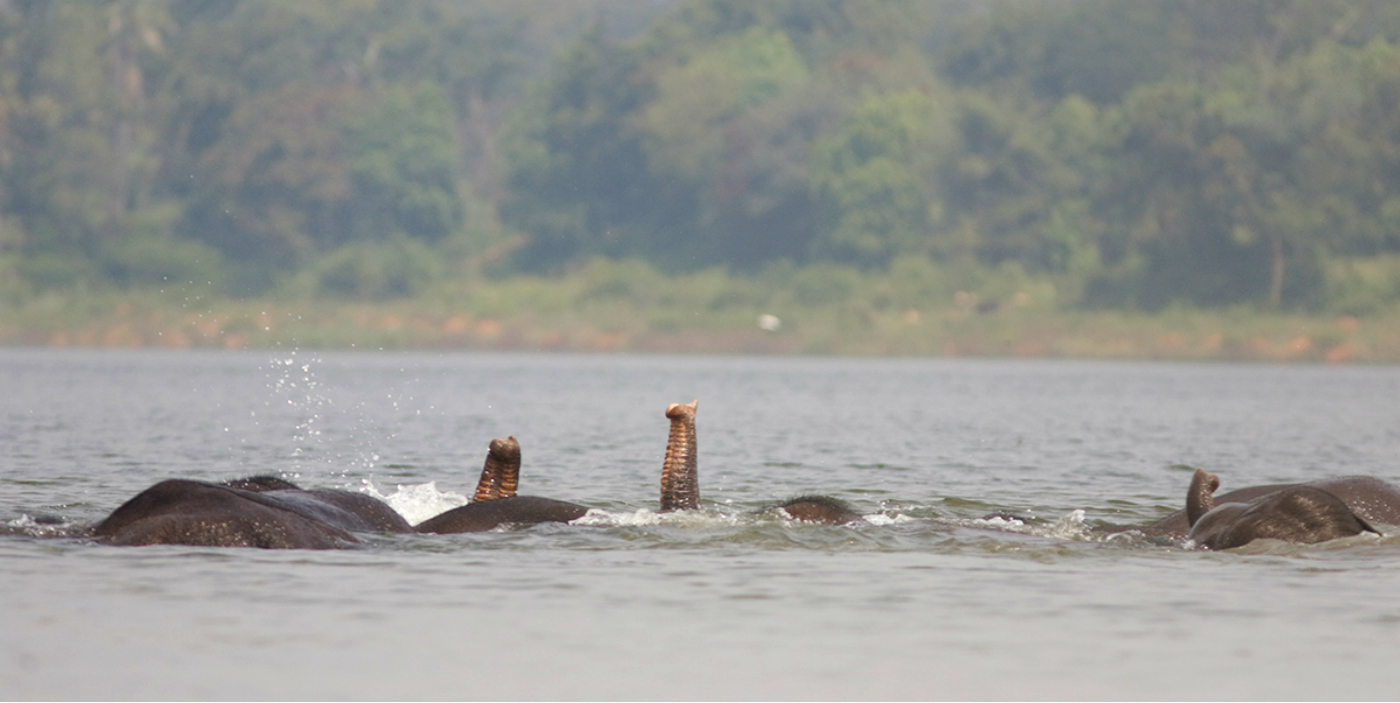
Gana Kedlaya, Co-founder of Backyard Camp
Should one be worried when most travel research/studies over the last few years have been focused on social media influencers and their impact; when Instagrammable is an actual word; when large surveys throw up numbers like more than 40% of people under 33 prioritise ‘Instagrammability’ when choosing a holiday destination or that 64% of 16-22 year olds follow influencers on social media? I don’t know about you, but I’m very worried!
My husband and I run a very small campsite in Karnataka—it’s basic, on a farm with loads of native trees. We don’t encourage very large groups, loud music and insist on travellers not leaving any plastic, and connecting with nature by being non-intrusive. Over the last few months, we have come across something quite disturbing. We have been getting eager calls, and messages from “influencers”, who wish to come and stay for free, and promote our place. In return, we get noticed! In their defense, they have over 50,000 followers and we have 1,000 and change.
A quick look at their posts throws up images of bikers lying on the middle of the road on highest motorable paths, of groups with fists flying and helmets resting on handlebars, videos of elephants charging, followed by hysterical excited human laughter, secrets of locals and their practices divulged carelessly with perfectly framed unknowing smiles of children. And then come the numbers–“my 100th ride this year”, “my first melanistic leopard on my 50th safari”, “my 10th country in 200 days”. At the end of this tiring digging-in and snooping, we actually felt queasier about “stepping out”. What the actual baloney is this?
Under the influence
There is a reason why we are so wary. We’ve hosted many individuals at our campsite, who’ve after repeated pleas still discarded cigarette butts on the farm, and failed to carry plastic back with them. Many of them, we discovered later, were self-proclaimed travel influencers online. This brings us back to the basic question—what are these travel influencers, who are throwing big numbers (followers) on the table and requesting a free stay, planning on achieving? They post good images, good reviews and get loads of likes, adding more flavour to their cool lifestyle and you get maybe a few new followers. What if we are an unethical establishment, dumping our plastic in the lake nearby? Or encourage tourists to take images of birds nesting on our farm? How does one decide on promoting a campsite/resort without experiencing it first-hand themselves? This fundamental question throws a few doubts on the very objective of such influencers—can it just be all about pretty images, more followers and, of course, freebies?
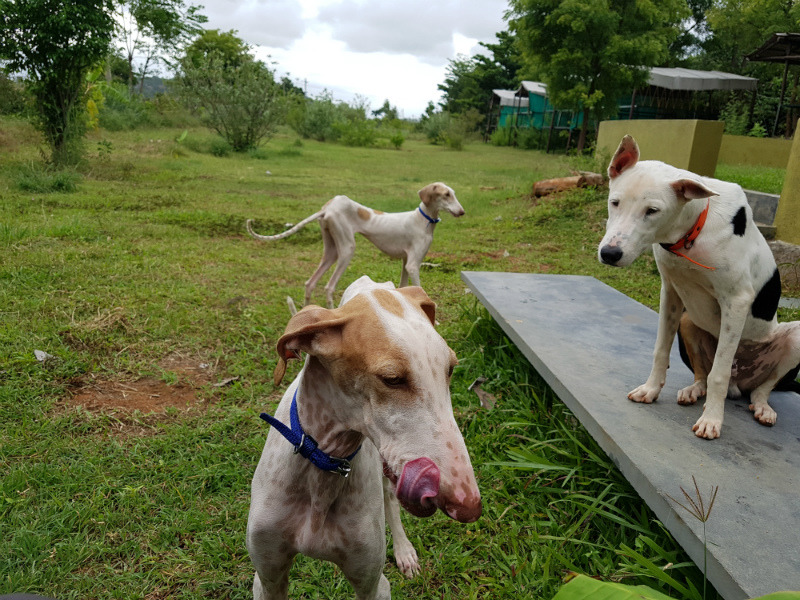
In fact, a pretty image goes well with attractively fabricated and scripted content—my friends, who run similar establishments in the outdoors, have had guests feeling cheated, complaining about the view being less impressive after visiting the homestay, “influenced” by self-proclaimed influencers’ posts. Whatever happened to checking the actual destinations’ good old websites?
Of course, while there is a larger majority not really doing justice to the term influencer, there is a lot of good that has come out of actual good-intentioned influencers too. These are not commercial influencers but ethical and highly influential instagrammers. Take, for example, mountaineers and photographers like Chris Bukard and Renan Ozturk, sharing great images, but balancing their content by highlighting the impact, and issues in places they travel.
Or the flip side are accounts created just to debunk not-so-conscious influencers and their posts like the Public Land Hates You account, started by an anonymous well-meaning individual, whose content articulates, “If you think this world and our public lands are here for you to promote yourself; your advertisers; your promoters; your photographer; anything with ‘You’ in it—you’re wrong. Very, very wrong.” A similar account, Youdidnotsleepthere calls out fake travellers/influencers for their perfectly staged camping photos and promoting unsafe practices in the outdoors.
The problem arises when the orientation is self-serving, like in any other profession, and let’s not forget, being an influencer is highly rewarding. This market is growing and how! The “Influencers” industry is projected to generate as much as $10 billion by 2020.
It’s becoming exceedingly tiring to watch friends scooting to Kabini to capture images of tiger cubs immediately after watching fellow influencers post, or more bikers heading to the mountains to post the ‘first snow of the season’ pictures to retain the lead influencer status. Disheartening to witness old, less known forest hillocks now being forced to host hordes of tourists thanks to one freak ill worded “hidden forest” post. And of course, all that life-changing gibberish philosophy about being brave and living the life with not having to work coming from influencers paid to be on the road.
Today, more than ever, there is a need for each one of us to be less “influenced” – by the digitally presented worldview aspirations and hold on more strongly to personally protected sensibilities. Outdoor and travel establishments need to stand strong against being inducted into the number-driven culture and be proud to play the role of responsible travel gatekeepers. We can’t really change the world, but we can make a personal choice—experience the world of travel for your sake and share your experiences without it leaving a footprint, be it physical or digital.
And yes, here’s to the ice-cream man, Joe Nicchi, running the CVT Soft Serve, a popular ice-cream truck in Los Angeles, for his new marketing gimmick—‘influencers pay double!”


